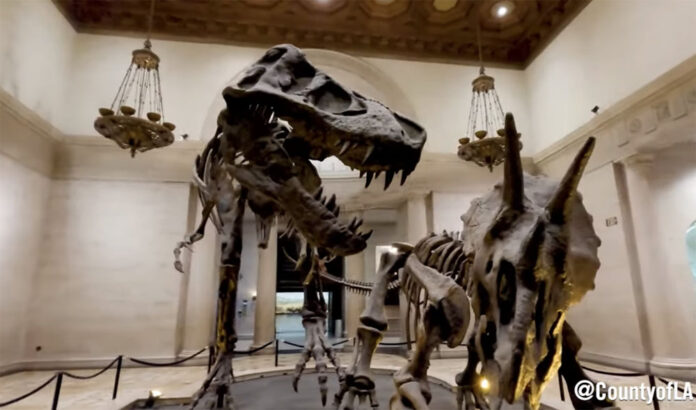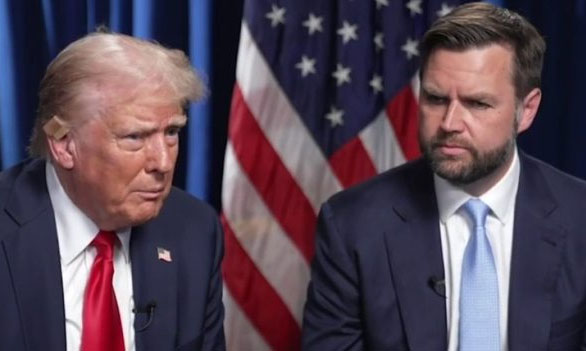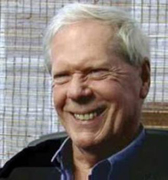As the ’24 elections get into full swing, anti-immigrant rhetoric is growing increasingly ugly, with real world consequences for migrant communities
by Selen Ozturk
Ethinic Media Services
As this year’s polarized election cycle continues, anti-immigrant rhetoric grows ever uglier, with life-altering consequences for farmworkers in California.
Between half and one-third of all farmworkers in the U.S. live in California alone. That’s between 500,000 and 800,000 farmworkers. These immigrants working to put food on the nation’s table face a paradox of great demand for cheap labor on the one hand, and politically fueled hate speech rejecting immigrants on the other.
“Ninety nine percent of the communities we’ve reached out to are farmworkers and all have expressed anxiety and fear. All feel their future is deeply impacted by this,” said Gustavo Gasca Gómez, immigration outreach specialist and Stop the Hate coordinator at the Fresno-based Education and Leadership Foundation.
“They’re most concerned about public charge, about being deported if they access benefits like health care that they or their children — who are often U.S. citizens — qualify for,” he explained at a Friday, August 2 Ethnic Media Services briefing about the impact of hate speech on migrant farmworkers.
Nationwide, 70 percent of farmworkers are foreign-born with 78 percent identifying as Hispanic. In California, 75 percent of farmworkers are undocumented, with 96 percent identifying as Hispanic.
“I’m undocumented with a sliver of privilege … I’m still in a precarious position, but millions of people would love to be in my shoes,” Gómez continued. “I can work, and I have social security. But I can’t vote or leave the country and return without express permission. And before I was a DACA recipient in 2012 I was a farmworker right out of high school … The work is difficult. It’s hot, dirty and tedious. It makes your mind numb in many ways. But it’s a job that the entire country depends on.”
“I speak to clients who say, ‘How can it not faze me when there are hundreds if not thousands of people holding up ‘Mass Deportation Now’ signs on national news?’” he said. “I am still human, and I am still committed to this country. We didn’t come here to cause harm.”
“Power in politics needs to invent a physically and morally repugnant enemy who wants to take what’s yours because the feeling of emergency creates unity and the need of a savior,” said Manuel Ortiz Escámez, sociologist, audiovisual journalist and co-founder of Redwood City-based press Peninsula 360.
“That’s why migrants have always been the ideal enemy of some U.S. political campaigns … and the data shows that it works,” he continued, adding that in the mid-19th century, for instance, manufacturing industries encouraged Irish immigrants to work in the U.S. while the nativist Know-Nothing Party characterized them as job-stealers. The country saw similar pushes for Chinese immigrants to work on railroads and in gold mines until the Chinese Exclusion Act passed by Congress in 1882.
Far more recently, Brookings data analysis shows that support for Donald Trump in his successful 2016 presidential campaign was primarily driven by anti-migrant and racist rhetoric, alongside sexist sentiment.
However, racist anti-immigrant sentiment is now evolving from what it has been for decades, since the civil rights advances of the 1950s and 1960s, said Escámez. “We had this phrase, ‘No human being is illegal.’ But we’re entering an era now where we’re breaking what we’ve built, this idea that it’s not okay to be directly racist … With a second Trump term, migrants will be the first to suffer, but they won’t be the only enemy. They’ll target anyone who questions this.”
“During community discussions I had in Tulelake, a remote town in Siskiyou County, everyone agreed that migrants are experiencing anxiety and fear due to the elections,” he continued. “Some were not getting Medi-Cal because they were afraid of public charge.”
“Many kids were bullied at school who said, ‘Once Donald Trump is here, your family will be deported’ … but some who were bullied now support Trump,” he added. “I asked why, and they said it was to belong in a society that is turning more racist for young people. They have to be quiet now or show support for the bullies.”
“The consequence is that people are very afraid to talk at all. I hold interviews with people who later call and say, ‘Please do not publish anything, because I’m afraid of what could happen,’” Escámez said. “We’re breaking the social fabric in these communities. Until now, many of these farmworkers had built good relationships, including with the white population … Now, they tell me they’re more isolated. That they just go to church, to work, to the store, then stay home, because they don’t know what could happen.”
“What worries us most is that this rhetoric in power, on TV, that undocumented people are criminals and not welcome here, is reinforcing these actions of hate,” said Arcenio Lopez, executive director of Ventura-based Mixtec Indigenous Community Organizing Project. “We saw, when Trump was running the country, the increase in racism-motivated crime.”
Hate crimes under Trump spiked nearly 20 percent under the Trump administration — from 6,121 reported incidents in 2016 to 7,314 reported in 2019, according to annual FBI hate crime statistics reports. Of these hate crimes in 2019, 57.6 percent were motivated by race.
Hate-motivated murders in particular totalled 51 in 2019 — the highest count in nearly three decades.
“We talk about the politics, but the indigenous Mexican migrant communities we work with experience this hate daily,” explained Lopez. “We’re called ‘Oaxaquitas’ (‘little Oaxacan’) and ‘indito’ (‘little Indian’). We’re told what we speak is a dialect, not a language. We hear ‘You’re brown,’ ‘You’re short,’ ‘You’re ugly’ … When this language takes the mic, it gives the green light for these actions.”
Around 84 percent of California farmworkers are Mexico-born, while 9 percent identify as indigenous.
“When we talk about this, we should also mention why people leave their lands to come here. Many don’t want to,” he added. “If you go to Oaxaca, you’ll see so many companies from the U.S., Canada and Europe extracting natural resources. How does that impact indigenous communities who can’t compete, who don’t have trees or clean water? What are the decisions that this government is making with those? Who is in power?”












